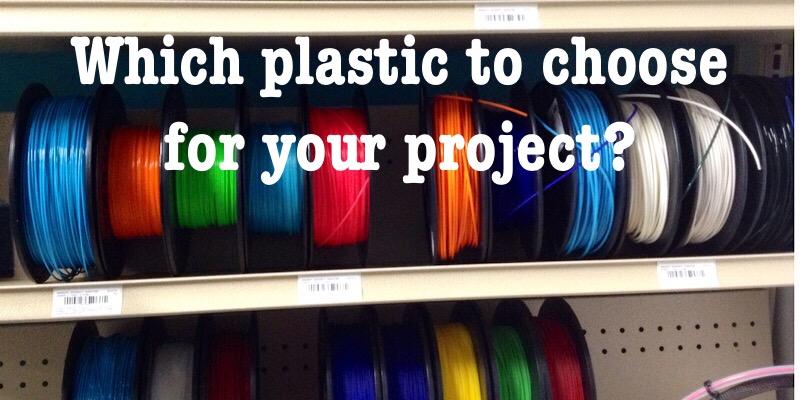Posted on: July 11, 2018, | By Candy, WayKen Marketing Manager
Introduction
We are living in a plastic world. When we wake up in the morning, the first thing we do, we put a piece of plastic in our mouth and brush our teeth with it. Then, we take food out of our plastic bags and cook it with plastic kitchen appliances, we take some plastic things with us to work and drive in cars that are 30% plastic. Yes, we are in a plastic world. Plastic is cheap, well processed and durable. Ideal to make things from it, yes? Well, there are some nuances.
There are literally thousands of plastic types for every occasion. But how to choose the material that will suit your product? Sure, you can spend a lot of time, looking for a perfect match, choosing a very complex formula that is ideal for your design. But before that, you should consider some common plastics at the prototyping stages. I mean, finding them will be easier and manufacturing technologies are more advanced for the most widespread materials. Here is a list of popular prototyping materials that will let you choose from any plastic prototype manufacturer you wish and not have to look somewhere far away and expensive.
PolyMethyl Methacrylate (PMMA)
Overview. You might have never heard of such a complicated-sounding polymer name as PMMA but I am sure, you’ve heard about the acrylic glass. It is used literally everywhere. Car lights, windows, displays, lamps.
Advantages. PMMA is transparent and shatter-resistant. At least, much more than glass. Those properties along with its corrosion resistance allowed the PMMA to enter our lives. In addition to that, this material is very easy to process. It can be cut, cast, or formed. It is rigid, dimension stable and works at temperatures up to 160 degrees C.
Disadvantages. Despite being tougher than glass, this material is still brittle compared to other plastics. It is also weak to water and some hydrocarbons (alkyne elements). When in contact with water, PMMA swells and hydrocarbons dissolve it.
Uses. PMMA is widely used as an alternative to the glass where shattering of the latter is highly likely. Traffic lights and automobile lamps, for example. Acrylic glass is also often used for experiments and demonstrations ( for example, aeronautics channel tests). Another use for it is in medicine. A lot of medical devices are made of PMMA as they are transparent and durable. Even some lenses are made of PMMA. If you are looking for something exceptionally transparent that can be polished to look exactly like glass or if you want to cast some object into a transparent enclosure, you should really look into PMMA.
Nylon
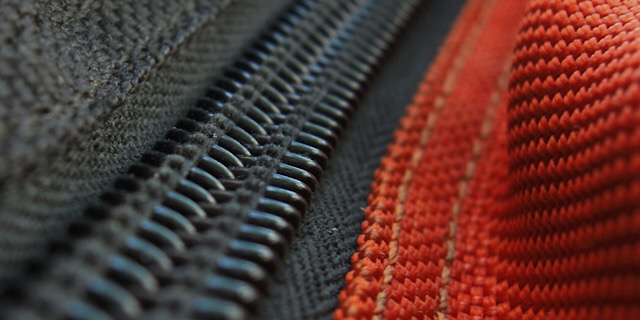
Overview. Where PMMA was rigid and brittle, so Nylon is flexible and strong. The really interesting part about Nylon is that its exceptional properties enable us to make fibers from it. So, yeah, you are sometimes wearing plastic clothes too.
Advantages. Nylon is very flexible and at the same time strong, with exceptional wear resistance as well. It doesn’t shatter. Nylon is very lightweight and its temperature resistance is even higher than that of PMMA reaching up to 195 degrees C.
Disadvantages. Nylon is not as strong with chemicals and corrosion. You can dissolve it with some acids, alkaline, and other strong liquids. It does worse in sunlight. UV light makes it form molecules that make its microstructure weaker. It swells underwater as well as PMMA. It also has a high shrinkage rate, which is bad when injection molding the material.
Uses. The most widespread of Nylon is fiber. A lot of our things are made of nylon or at least contain some of it, such as dresses, backpacks, some napkins, and most importantly car tires. Due to its great strength and wear resistance, it is often used for parts that rub against each other. If you need some bearings or gear mechanisms, nylon is a good choice.
Acrylonitrile Butadiene Styrene (ABS)
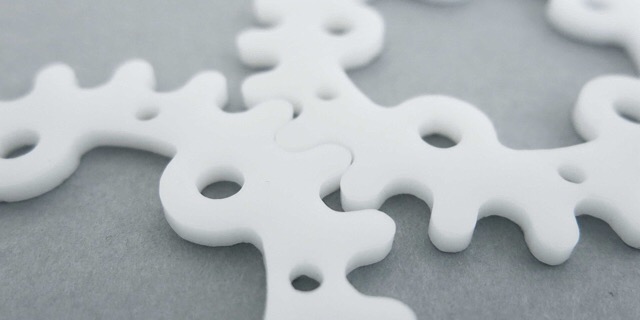
Overview. ABS has become really popular recently with the rise of additive manufacturing. It has become so due to its low shrinkage, great forming properties, and comparative cheapness. Right now, ABS is the main plastic for rapid prototyping.
Advantages. First of all, ABS is resistant to most agents, other plastics are weak to. That includes acids, alkalines, and others. It is very glossy, so you should consider it if you want your product to be shiny. It is also shock-resistant.
Disadvantages. First of all, this material is not very strong compared to others. Secondly, ABS has a really low working temperature of fewer than 90 degrees C. It is slightly toxic, so using it for toys or kids’ stuff is a bad idea. It has quite a considerable shrinkage rate too.
Uses. It is cheap and well-formed, ideal for 3D-printing, so a lot of custom or self-printed parts are made of it. Because of its glossiness, some appliances and phones use it to create enclosures. If you do not have the strongest budget or if you are really unsure about the design, I suggest 3D-printing or machining your prototype from ABS so that you won’t need to pay a lot.
Polyoxymethylene (POM)
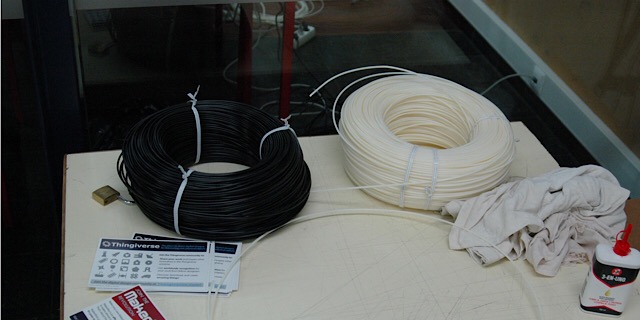
Overview. This plastic has the closest to a crystalline microstructure among other plastics, so it has the properties best corresponding to metals, which makes them really good for a large number of parts as they keep their lightweight nature.
Advantages. High strength and fatigue resistance are characteristic of POM. It also has great high-temperature stability ( up to 166 degrees C). It is very rigid, corrosion-resistant, and has good friction properties. It is also one of the few plastics that are highly resistant to moisture.
Disadvantages. Among the many, one of the most daunting is its uneven shrinkage. It is very hard to predict and serves to be a hassle when the plastic is cast or formed. In addition, this plastic is quite hard because of strengthening particles and they dull the instrument a lot while cutting this material.
Uses. This plastic has such high tensile properties that it is often used for engineering parts and machines. For example, plastic pumps, since it has great friction properties. Some parts that often absorb moisture are made of POM so that they don’t swell.
Polycarbonate (PC)
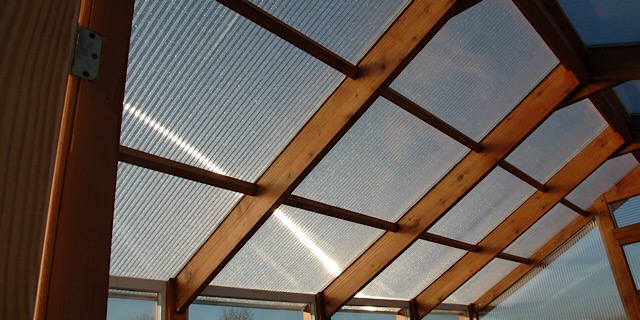
Overview. PC is constantly competing with glass and PMMA. If you are making something transparent, you will be choosing from one of these materials. PC can be tinted to make a colored glass and there are even some opaque modifications.
Advantages. PC has a much higher shock resistance than PMMA or glass. This material has a high heat resistance and works at temperatures above 150 degrees C.
Disadvantages. PC does a little bit worse under UV light. It loses its transparency over a long period of time. It is also scratched easily, so clear prototypes are covered with a special film, for example. The material is not to be used with food or organic things as it can emit some harmful vapors over time.
Uses. Anything transparent can be made of PC as much as of PMMA, for example automotive lights or reinforced glass. It is a material that is widely used in rapid prototyping, much more than PMMA so making PC prototypes is somewhat cheaper. If you want a really high-strength transparent or tinted part prototyped, you should look to PC.
So, here were the most widespread plastics for your choice. Remember, choose. Rigid or Flexible. Consider the conditions it will work in and the temperature. Make a tensile analysis. And lastly, decide, whether it needs to be transparent or not.
Custom Plastic prototypes – Do You Need?
WayKen is always committed to being a professional plastic prototype manufacturer that can offer cost-effective CNC plastic machining services for global customers. Learn more about our plastic prototyping, you can easily upload your CAD files there today for a free quotation.

